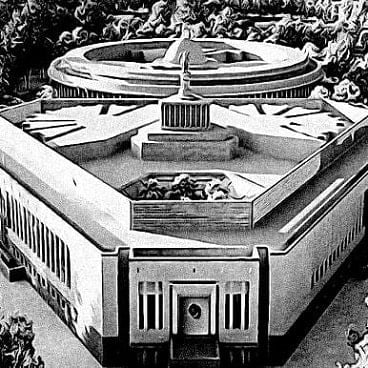Today, there are a plethora of online education websites available on the internet which seem to be complete in their way, but are still unable to fully satisfy the students or competitive exams aspirants.
Vijayam is not just another educational website. At this website, we try to provide brief and deep knowledge about the subject, which is helpful to students or competitive exams aspirants.
Europe is the second smallest continent of the earth. It is located entirely in the Northern Hemisphere and mostly in the Eastern Hemisphere. The European continent shares borders with the Arctic Ocean to the north, the Atlantic Ocean to the west, the Mediterranean Sea to the south, the Black Sea to the southeast and Asia to the east. It covers an area of 10,180,000 square km, almost 6.8% of Earth's total land area.
Africa is the second largest continent of the earth. It covers an area of 30,370,000 square km, almost 20% of Earth's land area. It is the second-most populous continent of the world. In Africa, there are 54 United Nations recognized countries, 2 de facto states (not recognized by the United Nations), and 11 dependent territories of other countries. The largest country of this continent is Algeria and the smallest country is Seychelles.
Asia is the largest and most diverse continent of the earth. It is located in the Eastern and Northern Hemispheres. Asia covers an area of 44,614,000 square km, almost 30% of Earth’s total land area. It is the most populous continent of the world.
The river always plays an important role in the evolution of civilization. The river supplies the water for the growth of animals, plants, and humans. Water is necessary for the development of cities. Therefore, all the major cities in the world are situated near the banks of the river.
The Britishers came to India as traders in 1600 in the form of the East India Company. The East India Company had rights of trading in India under a Charter granted by Queen Elizabeth I. In the second half of the 18th century, the Company continued to be primarily a trading business.
In 1857, a mutiny rose against the British East India Company. After the mutiny, in 1858 the constitutional system underwent great changes as the Company was obliged to transfer its power to the British Crown, which assumed direct responsibility for the governance of India.
There are many Regulating Acts and Charter Acts between 1773 and 1858,which were enforced by the East India Company. These acts are discussed in detail in this chapter.
The Britishers came to India as traders in 1600 in the form of the East India Company, which had the right of trading in India under a charter granted by Queen Elizabeth I (who was herself a shareholder of the Company).



